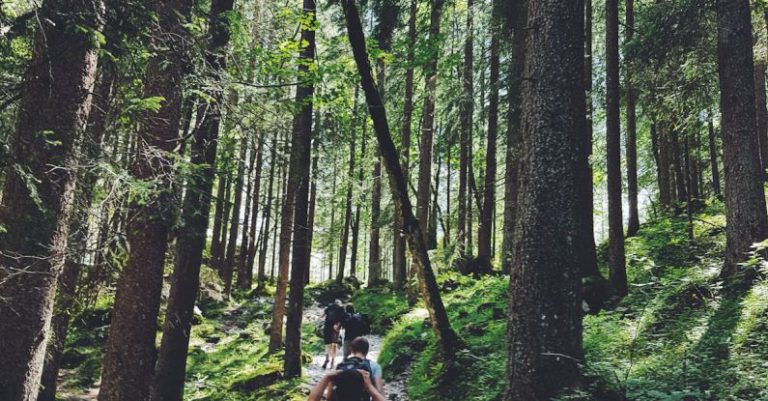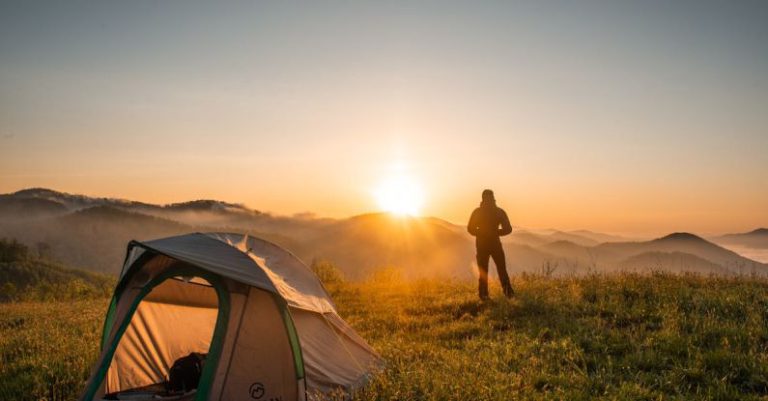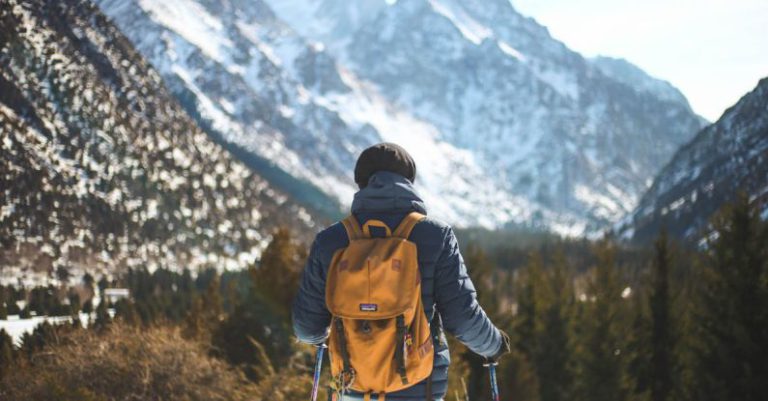
Venturing into the wilderness for a hike can be a thrilling adventure, but it is essential to have the skills to navigate effectively to ensure a safe and enjoyable journey. While modern technology like GPS devices and smartphone apps have made navigation easier, mastering the traditional methods of using a map and compass is a valuable skill that every hiker should possess. In this article, we will explore how to navigate using a map and compass while hiking, providing you with the knowledge and confidence to explore the great outdoors with ease.
**Understanding Your Tools: Map and Compass**
Before setting off on a hike, it is crucial to familiarize yourself with your navigation tools – the map and compass. A topographic map is a detailed representation of the terrain, showing elevation, land features, and trails. Understanding how to read contour lines, symbols, and scales on a map will help you visualize the terrain and plan your route effectively. A compass, on the other hand, is used to determine direction and orient the map to align with the surroundings. Learning how to use a compass to take bearings and follow a specific heading is essential for staying on course during your hike.
**Orienting the Map**
One of the fundamental skills in map and compass navigation is orienting the map to match the landscape around you. To do this, place the map on a flat surface and align the compass’s edge with the north-south grid lines on the map. Then, rotate the map and compass together until the compass’s needle points north. By orienting the map in this way, you can accurately identify your location, plan your route, and follow your progress as you hike.
**Taking Bearings**
Taking bearings with a compass is a crucial skill for navigating in the backcountry. A bearing is a direction measured in degrees from north, and it allows you to determine the direction of your destination or a specific landmark. To take a bearing, hold the compass level in front of you and rotate the housing until the orienting arrow aligns with the north needle. Then, point the direction of travel arrow on the compass toward your target and read the bearing from the dial. By following this bearing on the ground, you can stay on track and reach your destination accurately.
**Following a Bearing**
Once you have taken a bearing to your destination, it is essential to follow that direction as you hike. Hold the compass in front of you and keep the direction of travel arrow aligned with the north needle. Walk in the direction indicated by the arrow, regularly checking your progress on the map to ensure you are following the correct route. By maintaining a steady pace and adjusting your course as needed, you can navigate confidently using your compass and reach your destination with precision.
**Using Landmarks and Dead Reckoning**
In addition to using a map and compass, utilizing landmarks and dead reckoning can help you navigate effectively while hiking. Landmarks such as prominent peaks, rivers, or rock formations can serve as reference points to confirm your location on the map. Dead reckoning, or estimating your position based on your last known location and distance traveled, can help you stay on course when navigating through challenging terrain or dense forests. By combining these techniques with your map and compass skills, you can navigate confidently in the wilderness and enjoy a successful hike.
**The Adventure Awaits**
Mastering the art of navigating with a map and compass is a rewarding skill that opens up a world of possibilities for outdoor exploration. By understanding how to use your tools effectively, orient the map, take bearings, follow a heading, and utilize landmarks and dead reckoning, you can navigate with confidence and precision on your hiking adventures. So, grab your map and compass, head out into the wilderness, and let the adventure begin!





